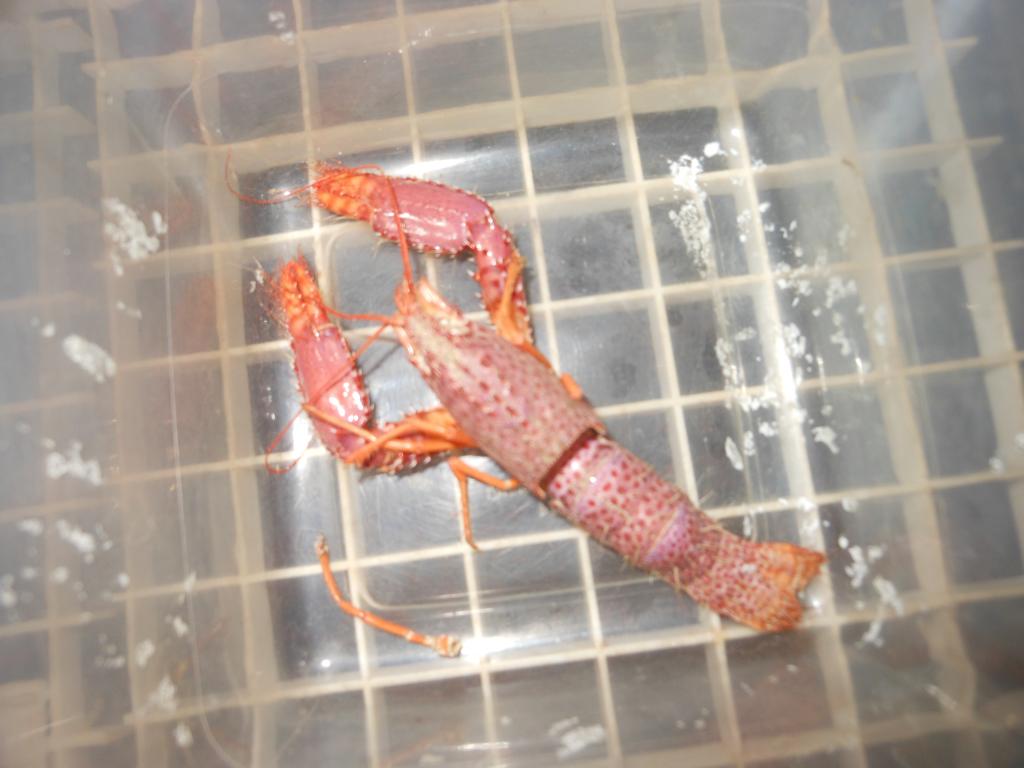Coyne
Aquarium Advice Addict
My crayfish has been molting, or at least attempting to molt, for about 36 hours now. It has successfully molted several times in the past and it was able to do it inside of 12 hours. It would look normal in the morning, but when I'd get home from work the old shell would be laying about.
The only difference I can think of is that it has been a long time between its last molt and this one (almost a year, I think). Frankly, I thought it was done growing.
Its still alive... if I gently poke at it, it'll move around for a bit. I know that they can die if they have complications while molting though. Just wondering if anybody else has had it take this long, or if I should start worrying.
The only difference I can think of is that it has been a long time between its last molt and this one (almost a year, I think). Frankly, I thought it was done growing.
Its still alive... if I gently poke at it, it'll move around for a bit. I know that they can die if they have complications while molting though. Just wondering if anybody else has had it take this long, or if I should start worrying.




